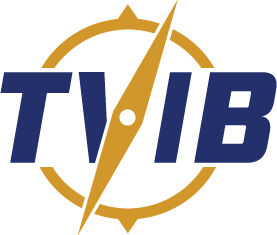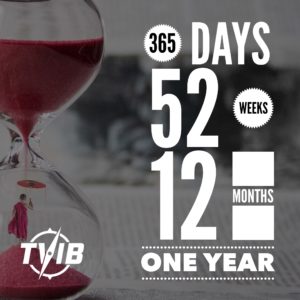Upcoming Training Opportunities
Annual Surveyor of Towing Vessels (ASTV) – 4-Day Course
This course is intended for those persons seeking to perform Internal or External Annual Surveys of Towing Vessels under Subchapter M.
- August 22-25 in Houston, TX
- September 12-15 in Charleston, WV
- October 17-20 in St. Louis, MO
Course Information and Registration
ISO Lead Auditor – 5-Day Course taught by Quality Management International, Inc. (QMII)
- September 11-15 in Mandeville, LA
This course is intended for those persons seeking certification as a Lead Auditor for Subchapter M and the AWO RCP.
TVIB has partnered with QMII in this course designed to help you learn the requirements of ISO 9001 and how to relate the requirements to your business management system. This course gives the tools necessary to conduct and lead process and system audits to determine conformity to ISO 9001. It also provides an understanding of how process-based management systems are responsible for ensuring customer requirements are determined and consistently fulfilled over time. The instructor incorporates three basic principles: audits should benefit both parties; audits focus on process and system effectiveness (beyond mere conformity) with respected to agreed audit criteria; and auditors should use the process approach to audit both documented and undocumented processes to determine system effectiveness.
TVIB has negotiated a discounted rate of $1,256 per person to attend this course (the regular fee for this course is $1,795 per person) This course is not being offered directly through TVIB so the TVIB Member Discount does not apply. Registration will process through QMII directly.
Registration
Should the above direct register link not work please use the following link and be sure to enter the code TVIB9001_SEP17 for a TVIB discount on their regular course fees.
Alternate Registration Link
Registrants can also call the QMII office for any assistance with registration at 888-357-9001. If you do contact QMII directly, be sure to mention TVIB when registering for the course in Mandeville, LA.
TVIB has contracted with the Comfort Suites in Covington, LA to secure a group rate ($89 per night plus tax) for those who may need to make hotel arrangements. The hotel is located approximately 8 miles from the training facility at the following address: Comfort Suites, 30 Louis Prima Drive, Covington, LA 70433, 985-809-1234. Please call the hotel directly at the number listed above and ask for the front desk (NOT central booking) to book your room. You need to ask for the QMII ISO Course discounted rate. You must book your room no later than August 28, 2017 to take advantage of the group rate.
Marine Internal Lead Auditor (MILA) – 2-Day Course
This course is intended for those persons that wish to perform internal audits under Subchapter M.
- September 12-13 in Paducah KY
- October 17-18 in Houston, TX
46 CFR 138.310(d)(2) requires that persons performing internal audits complete an ANSI/ISO/ASQ Q9001-2000 or ISO 9001:2008(E) (incorporated by reference, see § 136.112 of this subchapter) internal auditor/assessor course or Coast Guard-recognized equivalent.
ACTSafe Training (joint venture of SafeMARINER and the ACTion group) had this course audited by a recognized third-party registrar and submitted it to the U.S. Coast. The U.S. Coast Guard has deemed this course as a “Coast Guard-recognized equivalent” in order to satisfy the requirements of 46 CFR 138.310(d)(2).
Course Information and Registration

 difference between these components is substantial. The detector is connected by wires to the monitoring system on the bridge while the release actuator directly connects to its local CO2 system through tubing. The heat actuator when heated creates a slight pressure in the tubing immediately activating the pneumatic control head of the CO2 bottle, releasing CO2 into the space without delay or warning.
difference between these components is substantial. The detector is connected by wires to the monitoring system on the bridge while the release actuator directly connects to its local CO2 system through tubing. The heat actuator when heated creates a slight pressure in the tubing immediately activating the pneumatic control head of the CO2 bottle, releasing CO2 into the space without delay or warning.
